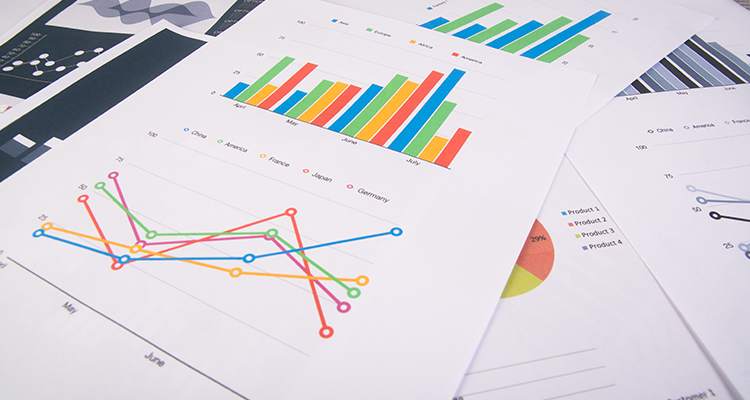Services List
We all know reporting during or at the end of a campaign is important, but why do we do it? This post unpacks the reasons and methods for perfect campaign reporting.

Marketing campaign reporting isn’t just an add-on – it’s the bedrock of any successful marketing campaign. It singles out campaign objectives, pinpoints campaign effectiveness and identifies areas for improvement. Good reports are the outcome of data-driven marketing.
Data-driven marketing tracks the customer journey by using rich, personalised quality data to target their journey at every step. You can then use this data to measure ROI across single or multiple channels. Deciding on the channel that best serves your campaign is critical for good reporting (e-commerce, social media or blog).
Apply the data to your business aims, prove the financial benefit of your campaign, and then align marketing and sales teams to your best advantage.
Converting Raw Data To High-Quality Data
Your raw campaign data needs to be collected into one central platform, like a marketing funnel, to become rich, high-quality data, accessible to everyone in your company. A compelling campaign report collects all the data related to a campaign and consolidates it into an easily absorbable report.
This makes it easy for your client or co-worker to recognise the triumphs and successes of your campaign, as well as areas for improvement. Reports help you to crunch the complex data of your campaign daily, weekly or monthly.
Those in agencies and busy with marketing campaigns understand the relevance of campaign reporting, but they might be tempted to over-report and waste too much time on it. Striking the balance between actual campaigns and campaign reporting is key. Here’s how:
- Simplicity
Reports help you to analyse campaign performance, which you then hand over to someone else to evaluate that performance. So, it’s important to keep reports to the point and easy to grasp. Is the campaign working or not? And if not, why isn’t it working?
A good indication here is KPIs (key performance indicators). These help you identify your objectives for success. Ensure your reporting process is regular (monthly or quarterly) so that you keep a close eye on obstacles – and successes!

- Process Automation
The point of reporting is to convey all the data you need to determine campaign success in a timely fashion. This is why reporting should be as automated as possible so that KPI trend data is automatically imported. Data-driven marketers can react more quickly to emerging trends and real-time data when it’s automated.
Choosing the right marketing report tool to use depends on your budget, the amount of data you have, and your intentions with it. Google Data Studio is free, and excellent paid choices include NinjaCat, TapClicks, Sisense, Adverity, HubSpot and Klipfolio.
- Data Visualisation
Uncomplicated reports hinge on visualisation for straightforward understanding. This means changing data into charts and graphs by using dashboarding software, making it easier to contrast data sets and compare performance over the long term.
What KPIs you’re reporting on and the data you want to display influence the kind of charts and graphs you’ll be using. Keep in mind the target audience and the best way to present the information they are most interested in.
For showing trends over time, line graphs are best. To compare data, use column graphs. Percentages of a whole are best served by pie charts. Also, keep the graphs simple – use more than one to convey additional data.
Different font colours easily show differences between values, changes and good and bad results.

- Revenue & Lead Reporting
Don’t forget to include revenue reporting (top and bottom-line) in your report. This gives a clearer indication of which channel is best to use for your campaign. And it allows you to allocate the right amount of revenue to the respective channels that generated them.
Leads arise from different channels, like social media, organic and paid searches and email marketing. Content is fed by leads, and quality content has the power to change brands into thought leaders. Lead reporting can also bolster relationships with your customers.
- The Reporting Narrative
Reports primarily tell the story of a campaign. And that story inevitably lands up on someone else’s desk. So consider how easy it will be for that person to understand the campaign’s goals and performance, and the changes that need to be implemented.
Like any narrative, your story needs an order – a clear beginning, middle and end. Start with an outline and flesh out the campaign story to perfection. Use headings and subheadings, bullet points, concise paragraphs and simple sentences.
In short, your marketing report should comprise metrics, visualised insights, performance data about your current marketing strategy, and critically, your vision for the future.
There you have it – some easy-peasy tips on good campaign reporting. Happy reporting!


